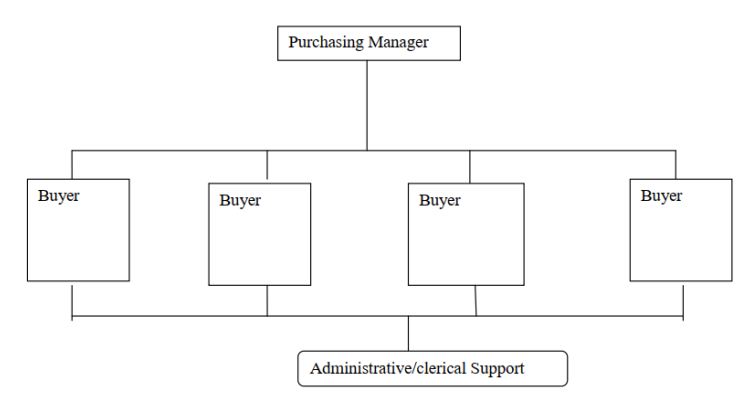The Purchasing Handbook defines purchasing as “the body of integrated activities that focuses on the acquisition of materials, supplies and services needed to reach organizational goals. In a narrow sense, purchasing describes the process of buying: in a broader context, purchasing involves determining the need: selecting the supplier: arriving at appropriate price, terms and conditions; issuing the contract or order and following up to ensure delivery. Purchasing can therefore be defined as the process of acquiring goods, services and works in return for a price. All organization invariably need input of goods and services from external suppliers or providers and to this extent therefore, purchasing function plays an integral part in ensuring the goods/services are provided to the company. The role and contribution of purchasing has increased quite steadily over the second half of 20th century. The reasons behind this paradigm shift based on importance and recognition of purchasing entail:
- New management concepts
- Advanced technology
- Government policies
- Fewer but larger suppliers
- Competition hence the need for quality
The Purchasing Organization
The ability to execute the functions of purchasing requires the establishment of an effective purchasing organization. The structure of the purchasing function in any given firm is determined by how it is perceived by the rest of the organization. Companies that consider purchasing of fundamental significance to the success of the business view purchasing as a strategic advantage and invest in it with high level functional area decision making. On the contrary, in those companies that perceive purchasing as purely a tactical activity, it is treated as an administrative function without any strategic impact on the business. The relative position of purchasing in an organization is also revealed by its level of interaction with other business functions. Purchasing management normally has close communication with inventory management, transportation; sales, product design, Marketing and finance should be an integral part of the strategic planning processes of each these business areas.
Generally, the functions of traditional purchasing department can be categorized into five main groups which are management, buying, status reporting and expediting, research and clerical functions. An effectively structured purchasing organization must be able to execute these activities in as efficient and cost effective manner as possible. The key principle in designing an effective purchasing organization is to focus on those activities that add value to the process and eliminating those that merely increase the cost. For instance activities that fall under management such as sourcing and supplier development are value adding, while expediting and clerical activities are non value adding.
Ideally, the structure of the purchasing function should consist of three levels i.e.
- Purchasing Manager,
- The Buyer and the
- Administrative Support.
The purchasing manager aligns the goal of the purchasing department to the goals, mission and vision of the organization, act as liaison to other business departments in the firm, formulate and review performance measurements, develop the purchasing staff, and perform all required administrative functions. The buyer’s role consists of a number of tasks centered on the actual work of purchasing which comprises of activities such as supplier development, negotiating, and contracting. The administrative staff at the third level is in charge of record keeping, paperwork, data entry and issuing of purchase orders to suppliers.

